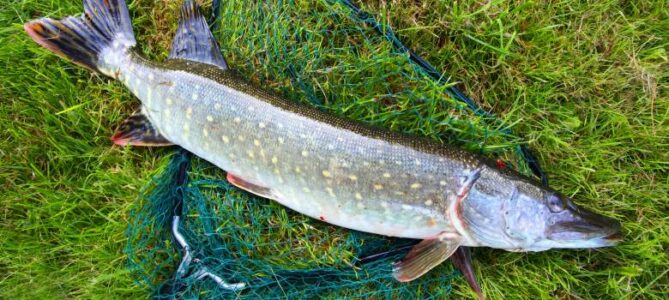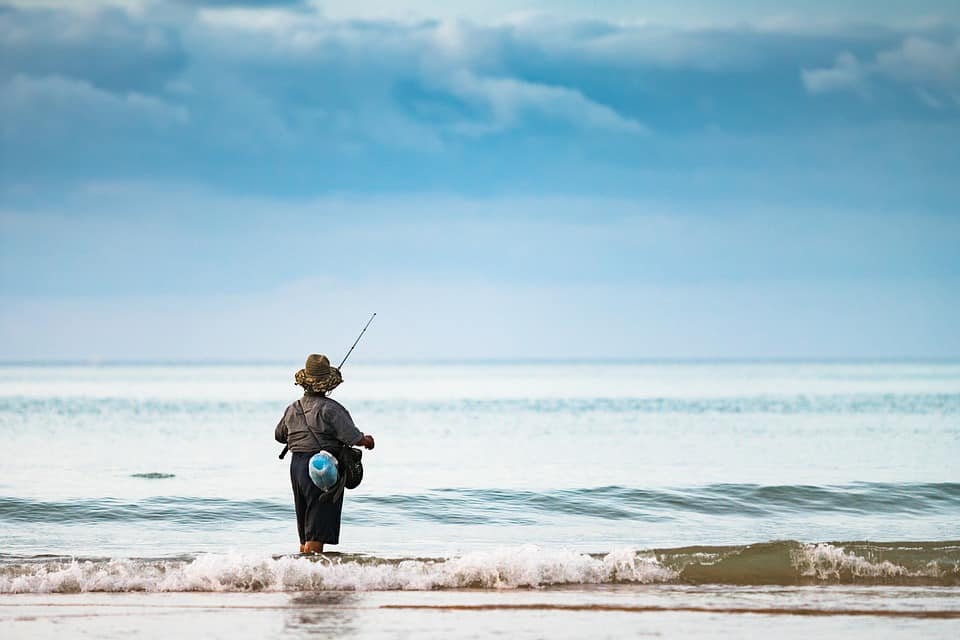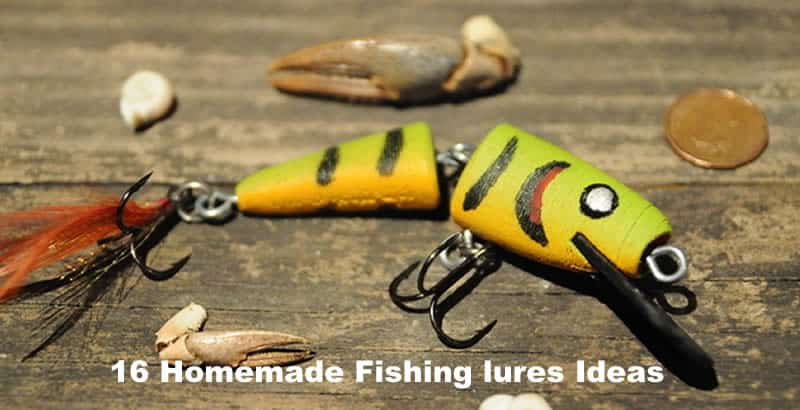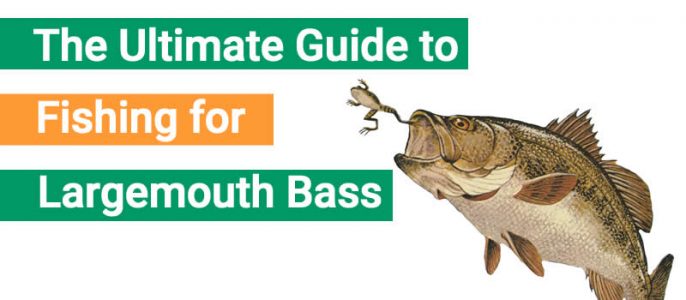If you buy via a link on this page, we may receive a commission, at no extra cost to you.Learn more
Pike fishing is fun and exciting. These fish often swim at high speeds and can slam into the fishing bait. But, once the fight is over and the fish is reeled in, the question becomes what to do with the pike. After all, many people say it doesn’t taste good. It certainly doesn’t look tasty.
Can you eat Pike? Northern Pike is often considered an inedible fish. However, northern pike can be eaten safely. This myth probably stems from the difficulty of cleaning the fish due to the number of bones and not cooking them in the appropriate manner.
Pike is a predatory fish that will strike at almost any bait. They are energetic and aggressive, making them fun and rewarding to fish for those who like a challenge. In the past, they were often eaten; however, in recent years, many fishermen do not cook and eat them after catching them. Let’s see if we can change your mind. A few tricks and techniques might just convince you to try one.
Catching Pike
Before you can cook your pike, you need to catch it. As with most predatory fish, smaller pike hunt in schools, similar to how a pack of wolves hunts. They will often use ambush to catch their prey.

Bigger pike is more solitary and often more cautious. They use camouflage, extreme speed, and sharp teeth. They will not chase prey but aim for a lightning-fast, hard-hitting death strike.
Where to find them
When catching pike, it is important to remember they are territorial and will often strike even when they are not hungry, especially if the fisherman can make the lure move in an aggressive manner. The key is finding their territory. Pike, especially the bigger ones, like underwater structures, such as:
- weed beds
- underwater trees or boulders
- deep ridges or edges close to shallow weeds
In bigger lakes or rivers, pike can be found where smaller streams flow into the main body of water or where currents form. Pike will also be found near prey fish. These underwater structures are often full of prey fish. They can also be found in shallow water in the spring, moving to deeper water in the summer. Use lures that mimic the prey fish in the area you are fishing.
Fishing Gear
Smaller pike is often considered better cooking than larger ones. However, some fishermen believe that catching the smaller ones is no fun. In that case, scale down your spinning gear and use a light line with a minnow or live bait to increase the action and fun of catching smaller pike for cooking. When fishing with children, allowing them to catch the smaller fish for dinner is another option.
The northern pike has sharp teeth. They can “bite off” fishing lines and tackle if the correct line is not used when fishing for bigger fish. A 17 to 20-pound monofilament line used as a nylon leader will allow enough play in the line to make the bait attract attention, yet remain strong enough to prevent “bite off.” Replace it immediately if it starts to twist.
Cleaning Pike
One of the reasons many people do not eat pike is they do not believe it is worth the trouble to clean them because of the number of bones. The main problem is the “Y” bones. However, when cleaned correctly, you will get three boneless fillets. It does take some practice. A simple trick is for the bone lay in the same direction as the grain of the meat. So, just like with wood, have your knife follow the grain.
Depending on how you are preparing your pike, the Y bones do not even need to be removed. When pickling, canning, or making fish cakes, there is no need to remove the bones. When frying fish, the bones can be removed before eating. Just cut along the center line and separate the pieces until you see all the bones. Once they are removed, you can eat the fish.
Slimy Pike
Northern pike, like most game fish, is often not eaten due to the build-up of slime when they are placed in a cooler. However, some simple tips can help prevent or reduce the amount of slime.
- Cook smaller fish. The smaller the fish, the better the taste.
- Take fish out of the colder water. The colder the water, the more the flesh remains firm while cooking.
- Clean them when they are still fresh. Wait until the end of your fishing day/trip to save some for eating.
- They don’t freeze well. So, only clean what you can eat.
- After cleaning your pike, cook it as soon as possible.
By following these steps, you will reduce or prevent the slime build-up and keep the fish firmer during cooking. In fact, these steps can be used with any fish that is likely to lose flavor or get slimy over time.
Cooking Pike
Many people do not eat pike, not because of its flavor, but because of the difficulty in cleaning them. The slime, stink, and bones discourage most fishermen. However, for those that take the time to learn how to clean them, they do make delicious eating. Many people compare them to walleye in flavor. Some people even prefer them, saying they taste better. Others find them slightly more “fishy” tasting.
It is important to cook pike as soon as possible after cleaning. They do not do well on ice or being frozen. Nor do they stay fresh as long as other fish. When needed, they can be frozen for very short periods of time, but they should be used before any other fish. When freezing, it is important to remove all the air in the packages. Vacuum sealers are a great way to do this.
Pike can be cooked in a wide variety of ways, from pan-roasted to smoking to cutting up and putting into a stew or soup. They do well with most kinds of cooking. When processed correctly, the pike has a firm, white meat that is neutral in flavor. Fried, the meat is very flaky and tasty.
Pickling
To avoid having to de-bone the pike, one option is to pickle the fish. The vinegar used in the pickling process will soften/dissolve the fish bones until they are not noticeable. This allows the pike to be eaten, bones and all. This means you do not have to worry about making sure you get them all removed during the cleaning process. It is also possible to not remove any of them.
Final Thoughts
Pike can be fun to catch. They are aggressive fish that takes the right equipment to stand up to their sharp teeth. But you reel them in, you don’t have to catch and release them. As long as you follow some simple guidelines, you can feast on your catch.
The best options are to pick smaller fish from colder water. Clean them as soon as possible after killing them to keep the slime build-up and the meat firm. Cook them soon after cleaning. Do not freeze or put on ice if possible. The fresher the pike, the better it cooks and tastes.
Pike have several Y bones that make de-boning difficult. Pickling them is one way to avoid de-boning. But they also are excellent served baked, pan-roasted, or in stew once the bones are removed. Just remember that the trick to de-boning is to keep your knife moving along the grain of the meat just like you would do with wood. Happy fishing.




